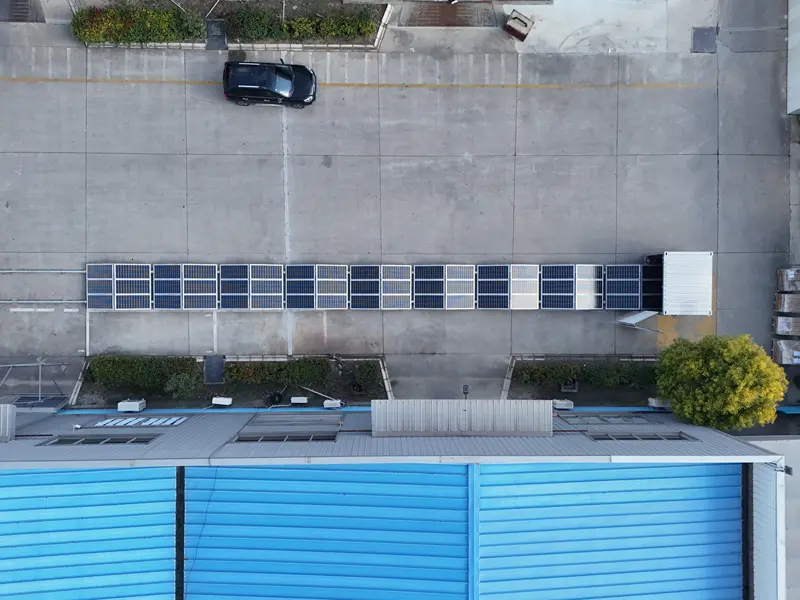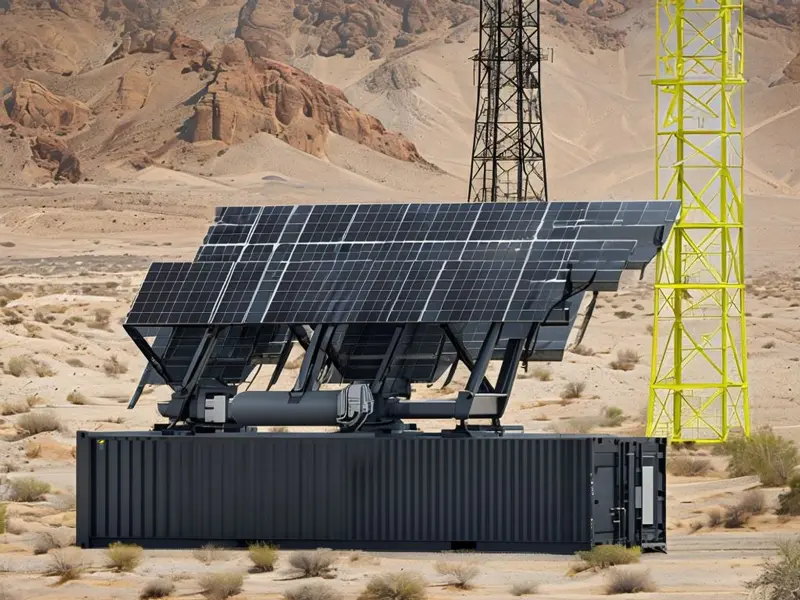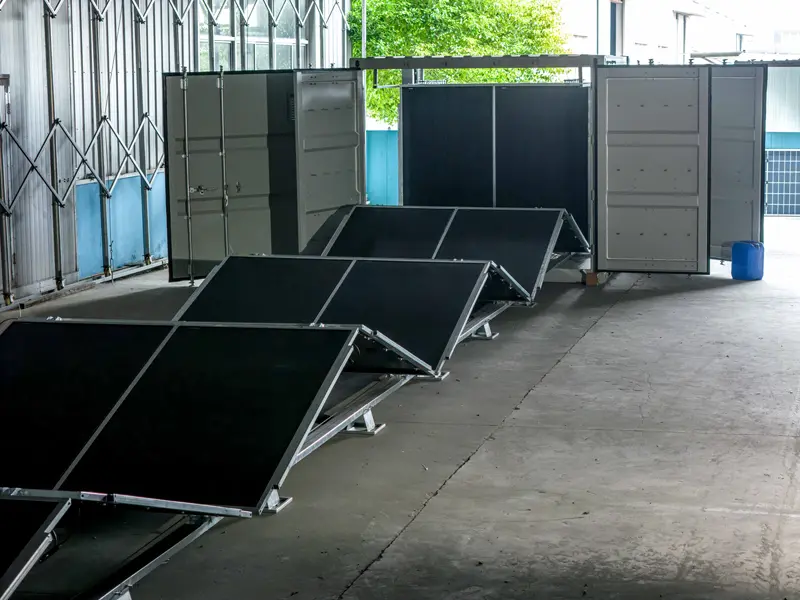Installing a solar container for island power is a brilliant solution to delivering steady power to off-grid communities. In this tutorial, we'll break down important design steps and offer real-world applications—like installations in Fiji and Zanzibar—to show you how to do it right.
1. Identify Energy Requirements and Site Factors
First: determine your island's energy requirements. Calculate:
- Daily kWh consumption(e.g. 50 kWh/day for the village clinic)
- Peak demand (e.g. 5 kW needed during the day by refrigeration)
- Weather conditions:sun hours, wind, humidity, salt spray
A question no brainer—"Do container floors need reinforced mounting?"—is understandable if freight rates and ocean shipping are costly. Answer: yes, especially in Zanzibar where containers will be supporting 2 ton forklifts daily.
Having discovered that, you can appropriately size the battery storage, inverters, and PV panels.
2. Choose the Proper Container and Equipment
A 20‑ft ISO container is a popular choice—it is convenient for transport and has adequate capacity. Within, you'll usually accommodate:
- PV mounting system(fold-out or fixed panels)
- Inverter and charge controller
- Battery bank(Li-ion or lithium iron phosphate)
- Balance-of-system devices: breakers, cabling, ventilation
On Denarau Island, Fiji, engineers used fold-out panels, expanding footprint when deployed. They deployed modular—10 kW PV and 30 kWh LiFePO₄ battery—so that they could simply add more later.
3. Integrate Control Systems and Monitoring
Modern solar containers use SCADA or IoT technology for visibility. They can deliver system status, battery state-of-charge, and PV production information to dashboards—essential for island sites with no on-the-ground staff on a daily basis.
A combined monitoring system was installed in Tanzania at Pemba Island that allows technicians at Dar es Salaam to quickly recognize faults and deploy teams only as needed.

4. Provide Suitable Weatherproofing and Longevity
Island conditions are hard—salt air, rain, heat. That means:
- Container coatings(epoxy or marine-grade paint)
- IP65+ rated electronicenclosures
- Sealed cable entriesand anti-corrosive hardware
- Experienced shipping conditions? Check for corrosion during shipping.
In Mauritius, a solar container rusted out through the floor after six months due to water pooling from rain. Now, raised flooring and sloped drain channels are implemented.
5. Scale and Deploy: Ship, Offload, Bring on Line
Getting that container to the island could be a challenge:
- Use roll-on/roll-off ships or barges
- Prepare gravel/slab landing pads
- Use small cranes or forklifts; a 20-ft container is ~2.5 t empty
In Nias Island, Indonesia, a 30 kW container was installed by engineers via barge transport, then linked to village micro-grid in two days.
6. Maintenance and Continuing Support
Maintenance is one aspect of solar container planning:
- Remote diagnostics identify inverter or battery faults early
- Periodic inspection involves panel cleaning, seal inspection
- Battery management system (BMS) ensures long battery life
In Papua New Guinea, Papua New Guinea's Solomons Province, the loggers found panel dust reduced output 15%—monthly visits to correct that.
7. Cost Estimation and Financial Modeling
A back-of-envelope estimate of a 20 kW PV + 50 kWh battery solar container sent to an island can be:
| Component | Estimated Cost (USD) |
| Container + PV racking | $15,000 – $25,000 |
| Solar panels (20 kW) | $16,000 – $22,000 |
| Battery bank (50 kWh) | $25,000 – $35,000 |
| Inverter + controls | $5,000 – $10,000 |
| Shipping & install | $10,000 – $20,000 |
| Total | $71,000 – $112,000 |
That's a broad spectrum—shipping distance, local taxes, and community size have big impacts.
Want to know how much grid connection costs? It varies—hooking up to Zanzibar's mini-grid cost about $8,000 worth of switchgear and cabling.

8. Why go for a Container System?
- Turnkey transportability
- Rapid deployment
- Modular growth
- Ideal for islands, disaster response, or mobile clinics
If you’d like a commercial option, LZY-MSC1 Sliding Mobile Solar Container include pre-configured solar containers with fold-out PV arrays and integrated batteries—great for island setups in places like Seychelles or Canary Islands.

